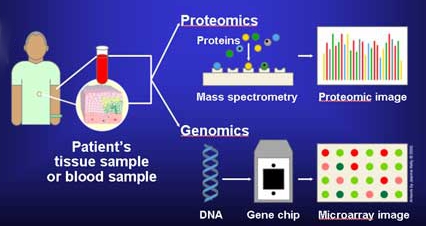User:Shawndouglas/sandbox/sublevel1
In 2018, the World Health Organization (WHO) noted the following about modern genetic testing[1]:
Prior to the development of modern genetic technologies, genetic services were limited to genetic counselling, where health professionals would attempt to characterize the genetic contribution of diseases based on family histories. With the discovery of DNA, genetic services have dramatically increased in quality and scope. Increasingly sophisticated technologies now permit new methodology and high quality preparations, ensuring greater accuracy in diagnosis.
A genetic diagnostics lab uses genetic testing to evaluate DNA in the search for a genetic cause for symptoms or a disease. The lab may also have other responsibilities or goals, including interpreting results for physicians, detecting mutations, developing new analytical methods, and improving patient care through its discoveries.[1][2]
The WHO classifies genetic testing into five broad categories[1]:
- Carrier identification screening: a test that checks one or more individuals for whether or not they carry a genetic marker for a specific disease (e.g., cystic fibrosis)
- Prenatal diagnostic testing: a series of tests using routine in vitro fertilization methods when a gestating child is thought to have a genetically caused disease (e.g., Down syndrome)
- Newborn screening: one or more preventative health tests for treating a newborn early when treatment is available (e.g., congenital hypothyroidism)
- Late-onset disorder testing: testing that occurs later in life to determine susceptibility of an individual to a particular disease (e.g., cancer and heart disease)
- Identity testing: testing that "involves profiling the individuals genetic information from DNA test results of genetic markers in order to locate characteristics unique to the individual" (often used in forensic and criminal investigations)
As for the techniques used in genetic testing, the American Association for Clinical Chemistry (AACC) has five categories of techniques: polymerase chain reaction (PCR), DNA sequencing, microarrays, gene expression profiling, and cytogenetics. (For more on cytogenetics, see the following subsection.) The PCR technique is a copying technique that "enables specific genes or regions of interest to be detected or measured." DNA sequencing (e.g., next-generation sequencing or NGS) allows scientists to identify changes or variations in the way DNA is arranged that may indicate a disorder. Microarray testing has multiple uses, among them identifying duplications, deletions, or identical sections in DNA, which may indicate a propensity for a particular disease. Gene expression profiling looks at the genes of cells and determines if they are actively making proteins or not for aiding in prognosis, recurrence, and other types of diagnostic indicators for disease.[3]
References
- ↑ 1.0 1.1 1.2 "Genetic laboratories and clinics". Human Genomics in Global Health. World Health Organization. Archived from the original on 03 October 2018. https://web.archive.org/web/20181003114819/http://www.who.int/genomics/professionals/laboratories/en/. Retrieved 18 November 2021.
- ↑ "Genetic Diagnostic Laboratory". Genetics - Perelman School of Medicine. University of Pennsylvania. https://genetics.med.upenn.edu/cores/genetic-diagnostic-laboratory/. Retrieved 18 November 2021.
- ↑ "Genetic Testing Techniques". Testing.com. OneCare Media. 9 November 2021. https://www.testing.com/genetic-testing-techniques/. Retrieved 18 November 2021.










